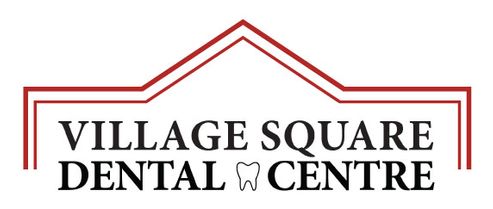Searching for Sleep Apnea Solutions in the Niagara Region?
Consider a Dental Appliance
Recent Studies on Dental Appliances for Sleep Apnea Treatments
For some time, the only option for sleep apnea treatment was a CPAP machine. While many professionals believed that dental devices could help the symptoms of sleep apnea, there wasn’t much research into the subject. This has changed in recent years as a group of researchers from the University of New South Wales in Australia have begun testing dental appliances on subjects to determine their overall efficiency in treating sleep apnea.
From this study, researchers concluded that 2/3 of the individuals tested showed a significant enhancement in symptoms. Sleep apnea episodes in these subjects dropped from an average of 25 per night to 4 or 5 per night, and in some cases even less.
Mandibular Advancement Device (MAD)
This type of device is one of the most common used to help alleviate sleep apnea symptoms. This device is a splint that keeps the tongue in a specific position, keeping the airway open and clear. Similar in looks to mouth guards worn by athletes, the device forces the lower jaw in a backward direction, allowing air to flow in and out freely. Studies on these devices have shown the following advantages for patients:
- For patients who sleep on their back and experience mild to moderate sleep apnea, the device has been shown to decrease the number of sleep apnea episodes considerably.
- The device may play a role in improving airflow into and out of the lungs. However, this is less prominent with those patients suffering from severe sleep apnea symptoms.
- The device appears to allow sleep apnea sufferers to get a good night’s sleep.
- In one specific study, 88% of those tested described their MAD as extremely effective in decreasing their symptoms of sleep apnea.
